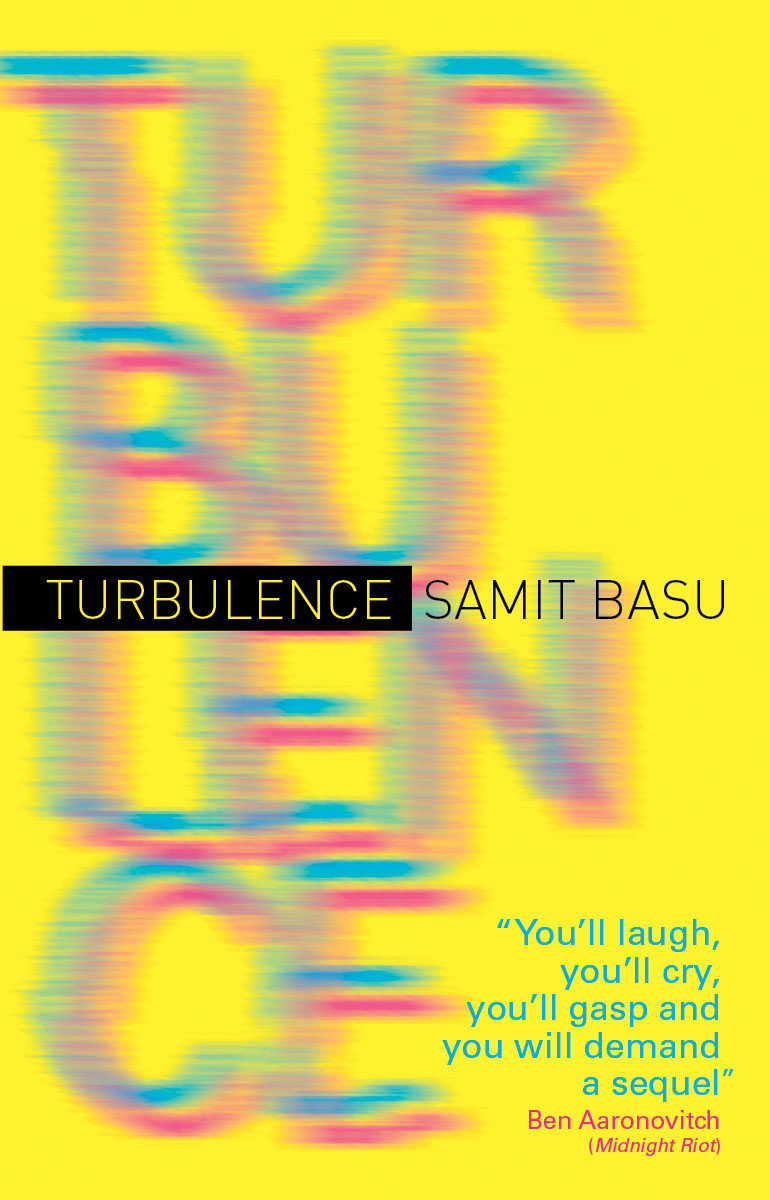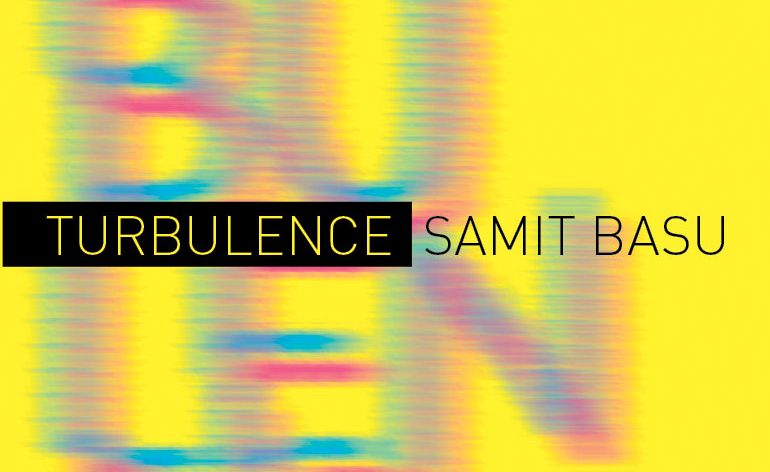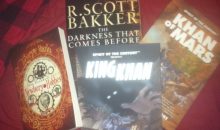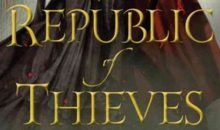Review – Turbulence, Samit Basu
It’d be a reach, not to mention an injustice, to say that the superhero is a wholly American concept. After all, people have been looking to the sky for the intervention of more-than-human heroes since Perseus donned his winged sandals to hack the head off a Gorgon. But the modern idea, spandexed & caped in a Fortress of Solitude, is absolutely a product of the United States, even if it’s had eighty years to diverge from that heritage. Hell, the world’s most iconic superhero has been fighting for “truth, justice & the American way” from the get-go.
 Samit Basu’s Turbulence kicks off in Pakistan, takes place primarily in India, and goes no further west than England, and one of the many fascinating things about the novel is how deftly it invokes the American origin of its source material while simultaneously, plot-wise, not having much time at all for the United States. It’s refreshing as an American reader to see that disconnection, particularly when it’s invoked in-universe by characters who are looking to The Justice League or Avengers for inspiration, but have way more important shit on their plates than another country halfway across the world. These are superheroes in the age of globalization, picking up a world’s worth of signals and maybe, just maybe, solving a world’s worth of problems.
Samit Basu’s Turbulence kicks off in Pakistan, takes place primarily in India, and goes no further west than England, and one of the many fascinating things about the novel is how deftly it invokes the American origin of its source material while simultaneously, plot-wise, not having much time at all for the United States. It’s refreshing as an American reader to see that disconnection, particularly when it’s invoked in-universe by characters who are looking to The Justice League or Avengers for inspiration, but have way more important shit on their plates than another country halfway across the world. These are superheroes in the age of globalization, picking up a world’s worth of signals and maybe, just maybe, solving a world’s worth of problems.
Turbulence starts with a bang, an Indian Air Force pilot flying above Pakistan sans benefit of fighter plane, and carries that momentum right into the meat of the story. In short, a bunch of people were on a London-to-Delhi flight, had a dream, and woke up with superpowers matching that dream. As the book begins, these new, mostly Indian superheroes, and the people around them, are still trying to figure it out – figure out how, and why, and mostly, what comes next. They’re not particularly reflective, our superheroes – at least, not on the page – but then that stands to reason. The people with a burning desire to do something, whatever that is, are the ones who dreamt themselves into heroism instead of just waking up with a lead on a new house or the motivation to lose ten pounds and gain a six-pack. Also, of course, it makes for a better story.
The protagonist, Aman Sen, finds himself able to get into networks and access & manipulate data, pretty much at will. Being a 20-something slacker with a lot of high ideals and no previous impetus to act on them, he makes a pretty good audience surrogate, tracking the locations of other superpowered passengers and attempting to both collect his fellows and find out what’s happening to the ones he can’t find. What’s appealing about Sen, besides his motor-mouthed charm, is just how bad he is at this, and how much sense it makes. Given his powers, it’s easy to slot him into the role of “Team Genius,” but it turns out that manipulating information has a lot more consequences than it seems. He has more power & leverage than any flying brick or lightning bruiser, but using it to its full extent requires a level of forethought and analysis that one human mind simply isn’t capable of. Sen would succeed simply as a deconstruction, but he’s also just a pretty good character.
The rest of the main cast – multiple-woman/team mom Tia, prenaturally charming aspiring actress Uzma, actual mad scientist Sundar, and teenage weather wizard Bob – is the “Island of Misfit Toys” of superhero teams, a fact which becomes obvious when the villains are introduced. They’re likable, interesting, and quite capable in their own spheres, our heroes, but Samit Basu draws a clear line between them and the band of military-collected killers who serve the book’s real villain, or at least, one of them. While Basu’s prose is generally just serviceable, the action scenes have real heft and sizzle to them, and the occasional character death is handled with an appropriately jarring brutality. You can almost hear the bodies thud.
While the story courses along well, with a few excellent set pieces like a couple of public riots and a blood-soaked standoff at a villainous Fortress of Solitude, Basu doesn’t quite stick the landing. Turbulence is a tremendously self-aware book, and as the passengers of that fateful flight grow into their powers, they follow the text, discussing the cliches & foibles of the superhero entertainment that informs them. Aman Sen begins to bemoan the traditional slugfest denouement that his foes & fellows seem headed towards, while the primary villain, unstoppable soldier Jai Mathur, absolutely douses himself in supervillain tropes like a gleeful drama teacher. This all makes the eventual cascading climax, and the epilogue that follows, a little forced – as if Basu knew exactly where he wanted his characters to end up, and stuck with it despite taking some swerves along the way that indicated a different sort of ending. But then, it stands to reason that a book called Turbulence would struggle when it loses momentum.
Still, despite the occasional navel-gazing and awkward end, Samit Basu has written a rare beast among spec-fic books – a book that’s both about something important, and a good story on its own merits. And best of all, it’s got sequel hooks for miles, in the origin of the passengers’ powers and the eventual fate of Aman Sen (just to name a couple). I’m pleased to recommend it, and may have to look into Basu’s earlier novels, of which there are four, as well as his comic work (including a collaboration with Dorkadia fave Mike Carey.) Turbulence hits U.S. stores on July 9th. Go for it.
Disclaimer: Review copy of Turbulence was provided to Dorkadia by Titan Books.






